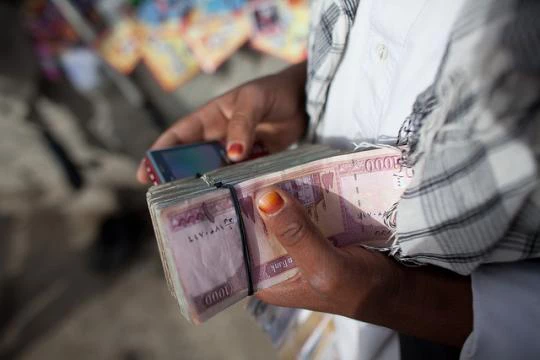"Financial inclusion." This phrase has been found in several recent reports. But what does “financial inclusion" truly mean? More important, what does it mean for women who constitute nearly half of the global population?
Financial inclusion is defined in the Global Financial Development Report as the “proportion of individuals and firms that use financial services.” It is one of the main catalysts of economic growth and helps to reduce poverty in the world. Access to financial services is one approach to greater financial inclusion. As all formal transactions are tied to accounts, ownership of accounts is an important aspect to measure the degree of financial inclusion. There are several crucial benefits to having a bank account, such as: facilitating the saving process; facilitating the receiving of government payments; and enabling entrepreneurship through the building of credit.
Acess to financial services has been expanding steadily as many countries have been adopting national strategies to achieve financial inclusion. (Financial inclusion strategy is defined as “road maps of actions, agreed and defined at the national or subnational level, that stakeholders follow to achieve financial inclusion objectives.”) Yet large gaps and hurdles to access financial systems remain worldwide. (See female percentages with bank accounts at formal financial institutions in 2011 based on the World Bank’s Financial Inclusion Data.)
These gaps and obstacles are especially arduous for women, for no reason other than their gender! The Findex survey, for example, shows that women refrain from opening personal accounts because they rely on their relatives’ accounts. The Global Financial Development Report of 2014 links this matter to the income inequality and the quality of the economic institutions.
One of the most shocking barriers is the codified restrictions in the laws. According to the 2014 Women, Business and the Law report, only two countries of 143 countries measured impose explicit and direct restrictions on women’s ability to open bank accounts: Niger and the Democratic Republic of the Congo.
If the vast majority of economies do not impose direct restrictions on women’s ability to open bank accounts, why is there a large gender gap? The barrier to women’s ability to open bank accounts remains hidden in a second layer of laws, to include personal status laws, passport and national identification card regulations. There are nine countries among the 143 countries covered by WBL in which married women cannot obtain national IDs in the same way as married men do.
Furthermore, in 19 economies among the economies covered by WBL, married women cannot obtain passports in the same way as men. These restrictions may not necessarily prohibit women from obtaining a national ID or a passport, but may require additional steps or more complicated procedures to obtain such a document. These additional steps needlessly require extra time and effort.
Based on the Global Financial Development Report and the Women, Business and the Law report, one can conclude that the problem could be related factors, such as cultural practices and income level.
However, restrictions in formal legal instruments remain as a great unjustified obstacle to access to finance. Removing these restrictions from the laws is an important first step to support women’s access to finance and thus to reducing poverty worldwide.



Join the Conversation